What is today Nose Town is believed to have already been inhabited by humans in the Jomon period (ca. 10,000 BCE - ca. 300 BCE). Nose's ancient name, Kusasa Village in Settsu Province, is mentioned in the Nihon Shoki (Chronicles of Japan), the second oldest book in Japan, completed in 720 CE. Attesting to its long history, Nose has many cultural assets including statues of Buddha that have been designated for preservation by the Japanese government or Osaka Prefecture. Nose's representative sightseeing attractions include Mt. Myoken, which drew numerous pilgrims and visitors as the premier sanctuary in the Kansai region during the Edo period (1600 - 1868); joruri theater, preserved by local citizenry for over two centuries and today a State-selected Intangible Folk Cultural Property; and a giant keyaki (Japanese zelkova) tree in Noma, a State-designated Natural Monument. Why not visit Nose for a leisurely stroll that would familiarize you with Nose's history and wonderful natural environment?
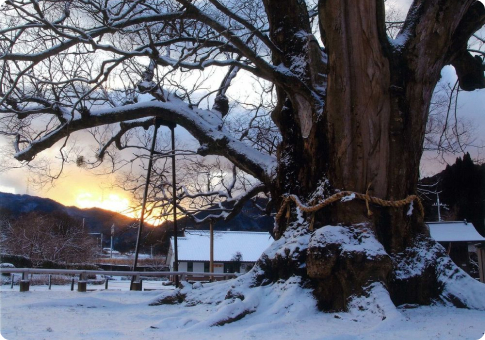
Jyoruri Theater
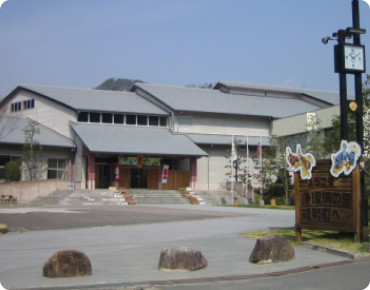
Jyoruri Theater opened in 1993 to promote Nose joruri, a traditional performing art centering on storytelling music, which has been active since the Edo period to today. The theater lobby serves as an exhibition area where scripts, costumes, shamisen (three-stringed musical instrument) and other objects that speak of the roots and history of joruri are on display. Joruri puppet theater, music concerts and other performing arts are also produced at the theater.
TEL
072-734-3241
Access
Near Hankyu Bus, “Nose-cho Yakuba-mae” Stop
Closed
Tuesdays (except July - October)
Giant Keyaki of Noma, Keyaki Museum
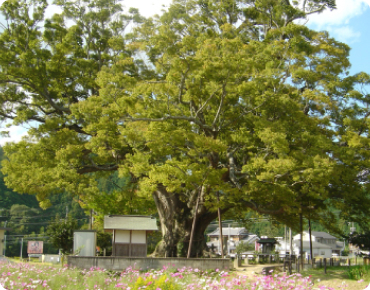
The giant keyaki (Japanese zelkova) tree in Noma, estimated to be at least 1,000 years old, is located on the former site of Arinashi Shrine on the present premises of Noma Shrine. This natural landmark of Nose Town, protected as sacred, is a State-designated Natural Monument. It has also been selected to be on the List of 100 Osaka Green Spots. At the Keyaki Museum, artifacts and documents relating to the Japanese zelkova tree (zelkova serrata) and Nose Town are on display.
TEL
072-737-2121
Access
10 minutes on foot from Hankyu Bus, “Hontaki-guchi” Stop
Hours
10:00-17:00 (10:00-16:00 November to February)
Closed
Tuesday and Wednesday (or Thursday after a Tuesday or Wednesday public holiday) and New Year's holidays
Keirin-ji Temple
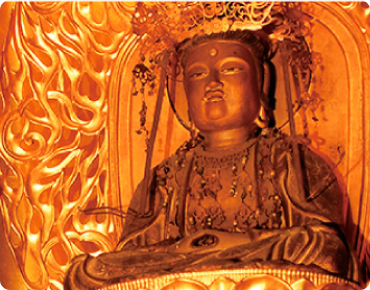
The temple's principal statue of Buddha, a wooden seated image of Sakyamuni, is a Nose Town-designated Cultural Property. Inside the back of the statue's head is an inscription in ink of the year corresponding to 1436. On and around the temple premises, there is always something that pleases the visitor's eye, such as some 200 statues of jizo (guardian deity of children) with various expressions on the hill behind the temple and fields of azaleas that bloom and cover the whole area with vivid colors in spring.
TEL
072-731-2002
Access
10 minutes on foot from Hankyu Bus, “Nose-cho Shukuno” Stop
Nose Myokenzan Temple
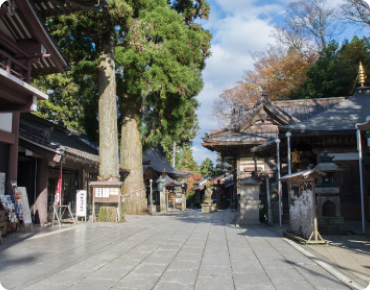
This is a Nichiren Shu Temple in which enshrines Myoken Bodhisattva. Myoken Bodhisattva worship originated from the North Star worship. The North Star has been venerated since ancient times for its unchanging position in the skies as a guardian deity guiding people in their courses of life and that listens to their prayers.
It is said that the temple was constructed by Gyoki [668-749] who was the first Buddhist archbishop bestowed by the Emperor in Japan. Later the temple was rebuilt by lord Nose Yoritsugu in 1603 under Nichiren Shu. He asked Rev. Jakushoin Nichiken the 21st Archbishop of Nichiren Shu to become the founder.
TEL
072-739-0329
Access
Get off at Nose Railway, “Myoken-guchi” Station and take the cable car and chair-lift
Shinnyo-ji Temple

Shinnyo-ji Temple was established in September 1617 by the Rev. Jakushoin Nichiken, with funds provided by the local warlord Nose Yoritsugi. The copper bell on the temple premises, cast in 1319, is an Osaka Prefecture-designated Cultural Property. It used to belong to Shoryu-ji Temple in present-day Nagaokakyo City in southern Kyoto. It is said that Nose Yoritsugi found it abandoned on the Genpachi bank of the Yodo River when he participated in the Summer Campaign of the Siege of Osaka in 1615 and took it home.
TEL
072-737-0135
Access
10 minutes on foot from Hankyu Bus, “Okunoin” Stop
Hontaki-ji Temple
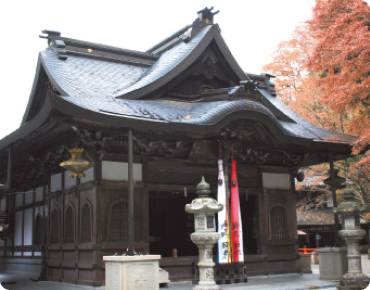
The temple's tranquil garden with a waterfall and the main hall in which Myoken Bodhisattva and Tsunetomi Bodhisattva are enshrined are must-sees. Requests for rituals and prayers for protection from evil, academic, romantic or commercial success, and appeasement of ancestral spirits are accepted every day.
TEL
072-737-0028
Access
25 minutes on foot from Hankyu Bus, “Hontaki-guchi” Stop (shuttle bus service available)